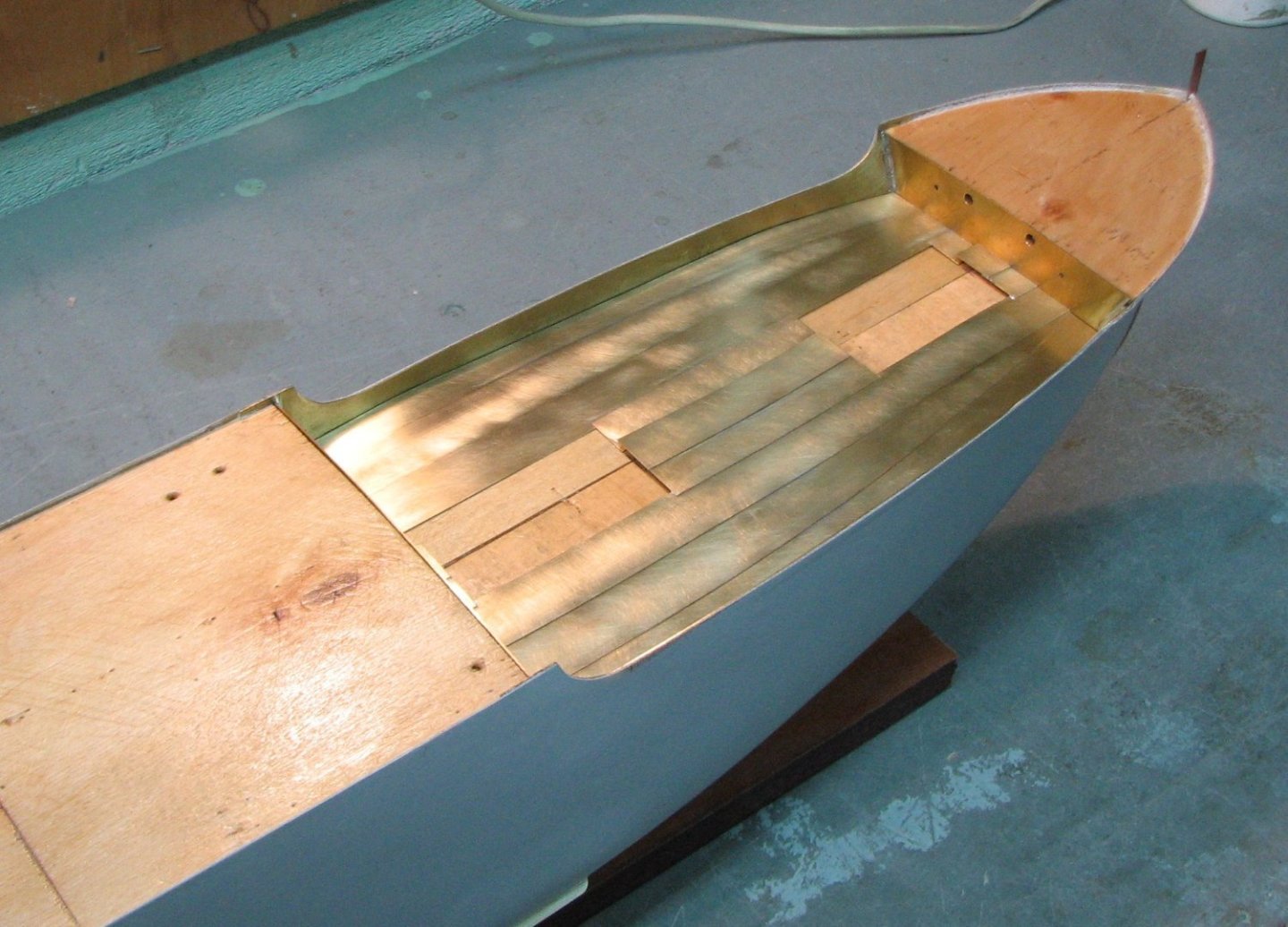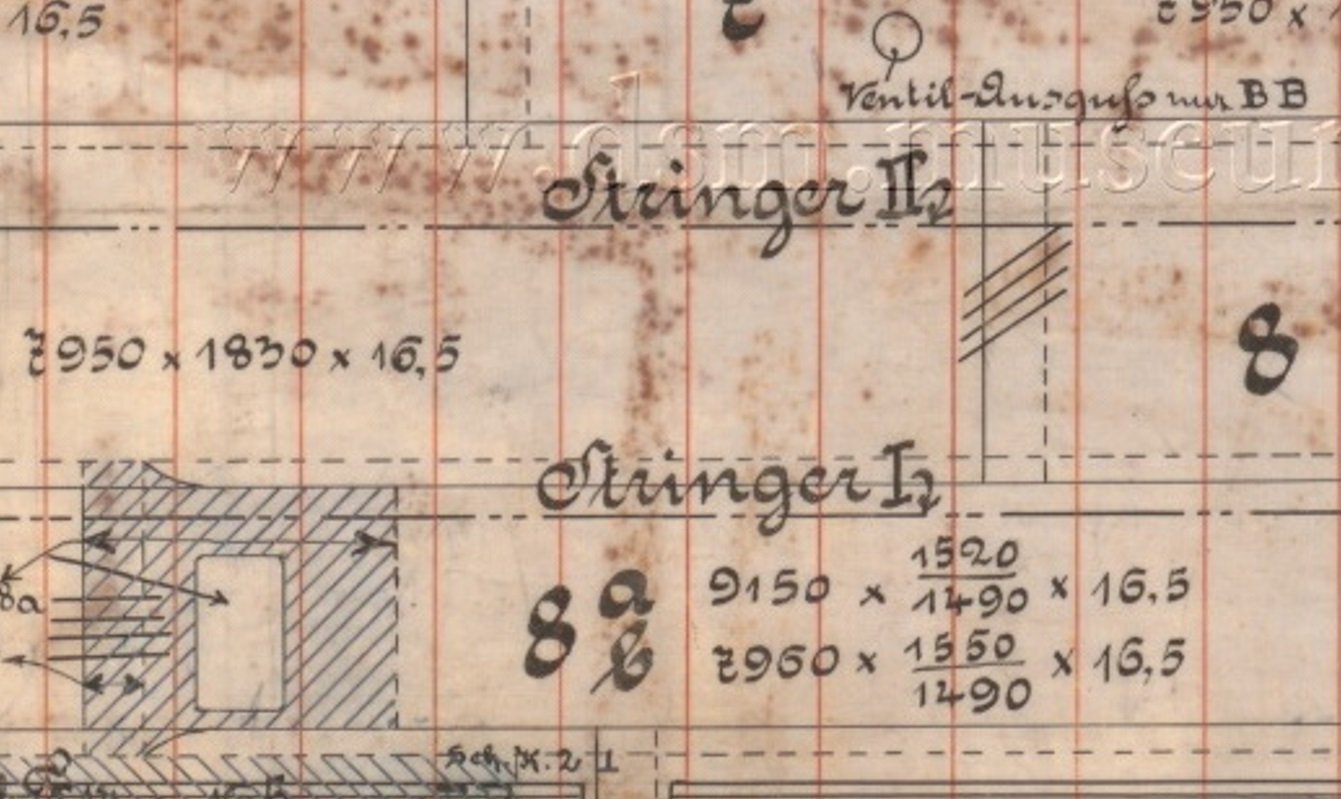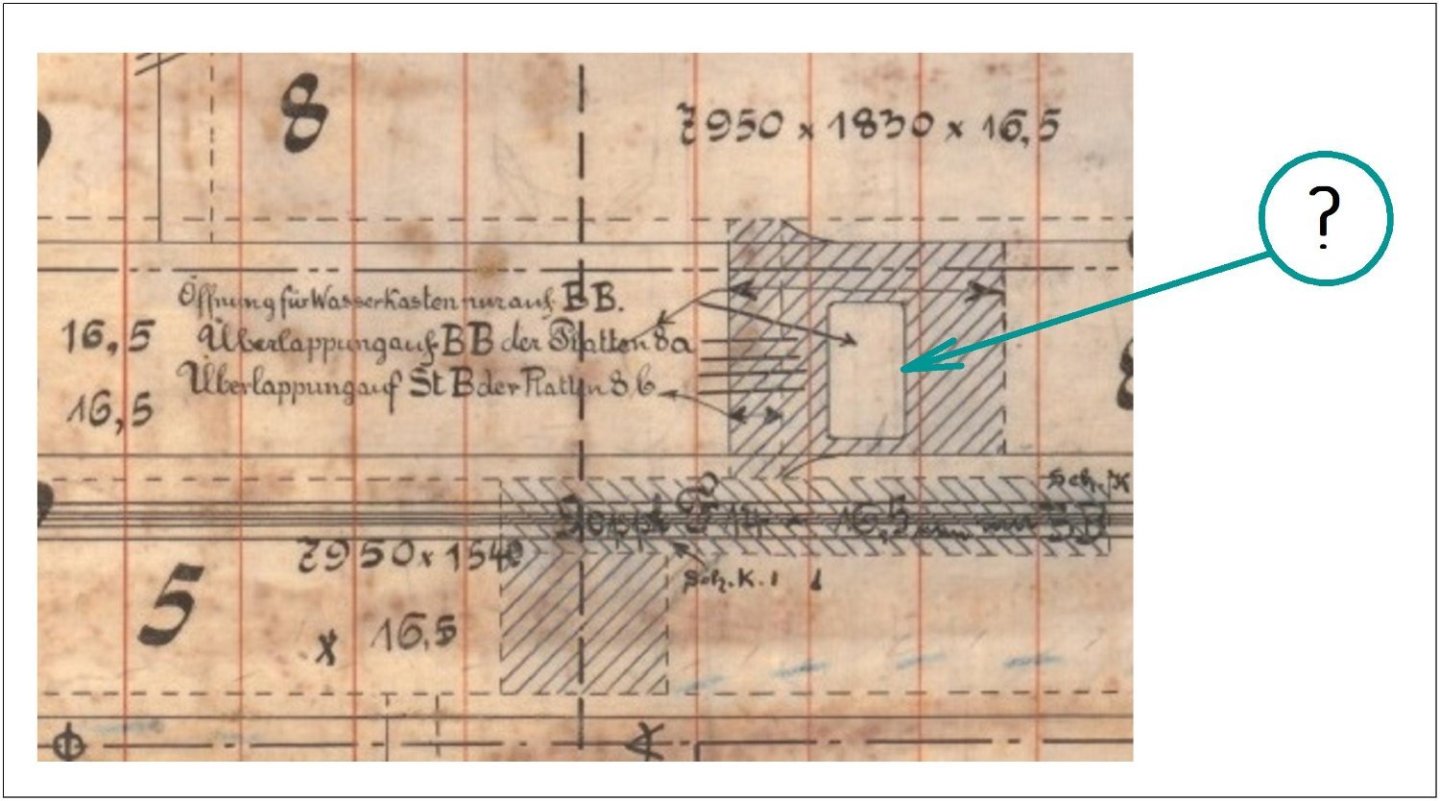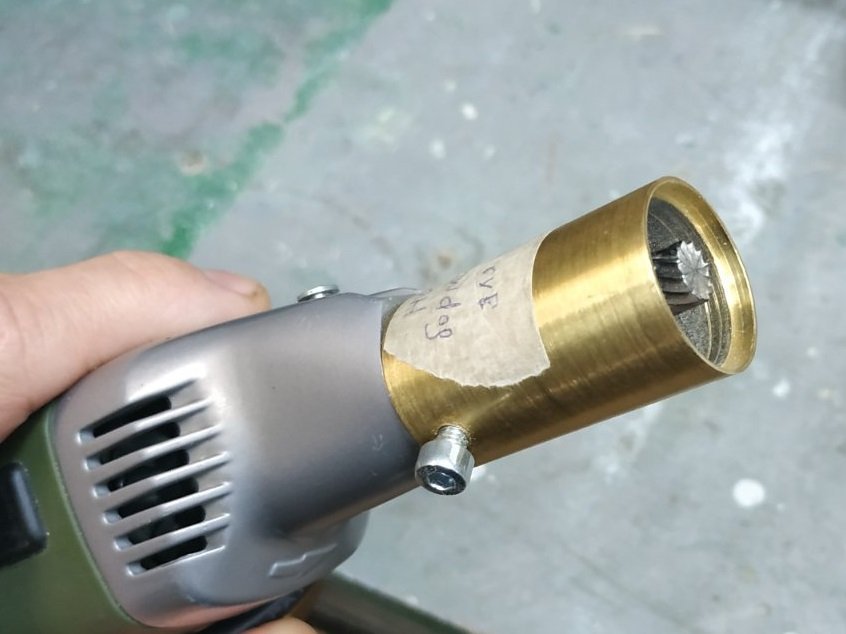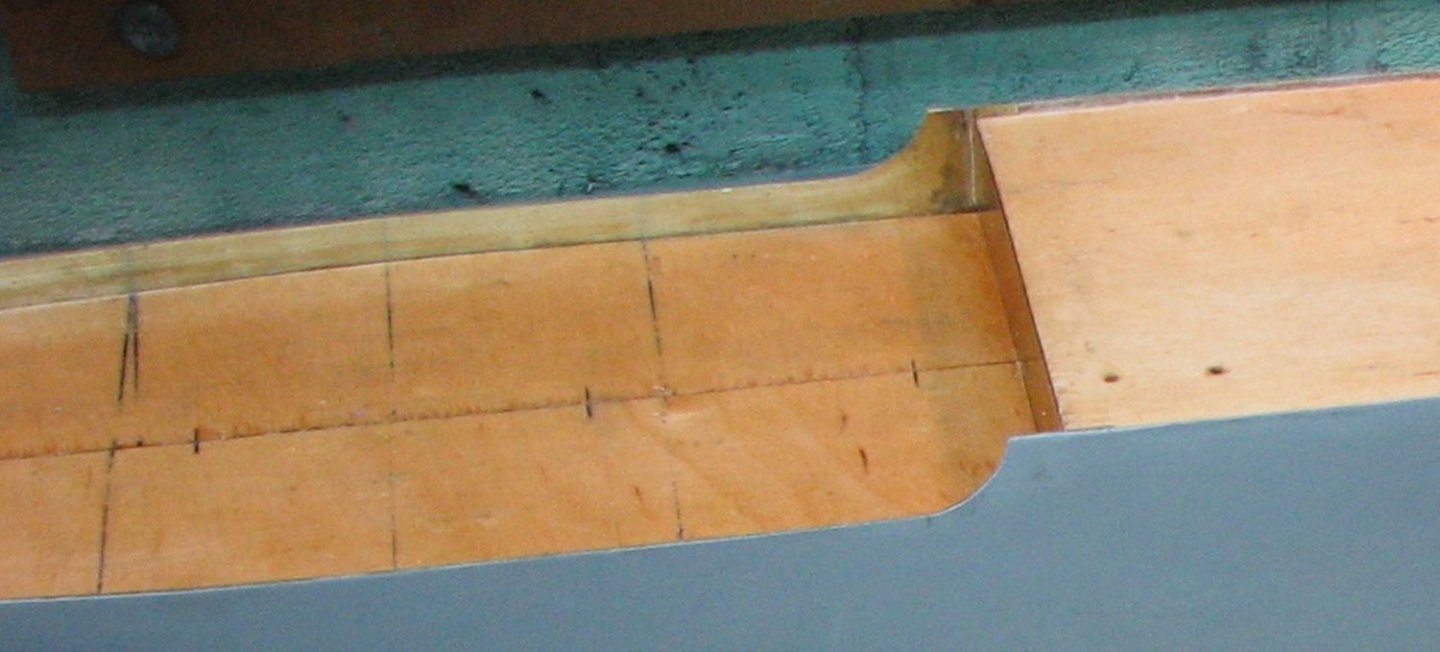-
Posts
1,101 -
Joined
-
Last visited
Content Type
Profiles
Forums
Gallery
Events
Everything posted by Valeriy V
-
Keith! Soldering such large sheets of brass is quite boring and monotonous. You can solder them in sequence one after another. The brass sheets are massive and do not have time to warm up enough for the previous seam to fall apart from overheating. Everything is very simple here. The deck metal sheets were laid overlapping. Therefore, I need to show on the model steps with a height of approximately 0.2-0.3 mm. Cardboard does not have the properties I need for modeling. Therefore I don't consider it as useful material. Wood veneer with a thickness of 0.2-0.3 mm behaves like a sheet of paper. It has no rigidity and is very sensitive to changes in humidity.
-
As usual, there are not enough drawings for the model, so I will use information from other ships. This is a fragment of a drawing of the outer cladding in German (ss UHENFELS ). I need your help in determining the name of this rectangular cutout, if of course there is this name on the drawing. It is located in the underwater part of the ship in the area of the engine and boiler room.
-
Sasha and Joachim, thank you for your nice reviews! By the way, I wanted to look at the work of German modelers and tried to register on the forum a couple of times. https://www.marine-modellbau-und-mehr.de/ But both times they didn’t let me go beyond the security check step. And now I’m at a loss as to whether I’m doing something wrong or whether I’m dangerous in some way (just kidding).
-
Nils! I think yes, you can work with a brush. But we must take into account that the hardening speed of this putty is greater than that of paint and you cannot hesitate. And most importantly, after mixing the two components, the putty must be diluted with acetone until it is very liquid. And you will have approximately 20-30 minutes for the entire operation.
About us
Modelshipworld - Advancing Ship Modeling through Research
SSL Secured
Your security is important for us so this Website is SSL-Secured
NRG Mailing Address
Nautical Research Guild
237 South Lincoln Street
Westmont IL, 60559-1917
Model Ship World ® and the MSW logo are Registered Trademarks, and belong to the Nautical Research Guild (United States Patent and Trademark Office: No. 6,929,264 & No. 6,929,274, registered Dec. 20, 2022)
Helpful Links
About the NRG
If you enjoy building ship models that are historically accurate as well as beautiful, then The Nautical Research Guild (NRG) is just right for you.
The Guild is a non-profit educational organization whose mission is to “Advance Ship Modeling Through Research”. We provide support to our members in their efforts to raise the quality of their model ships.
The Nautical Research Guild has published our world-renowned quarterly magazine, The Nautical Research Journal, since 1955. The pages of the Journal are full of articles by accomplished ship modelers who show you how they create those exquisite details on their models, and by maritime historians who show you the correct details to build. The Journal is available in both print and digital editions. Go to the NRG web site (www.thenrg.org) to download a complimentary digital copy of the Journal. The NRG also publishes plan sets, books and compilations of back issues of the Journal and the former Ships in Scale and Model Ship Builder magazines.








